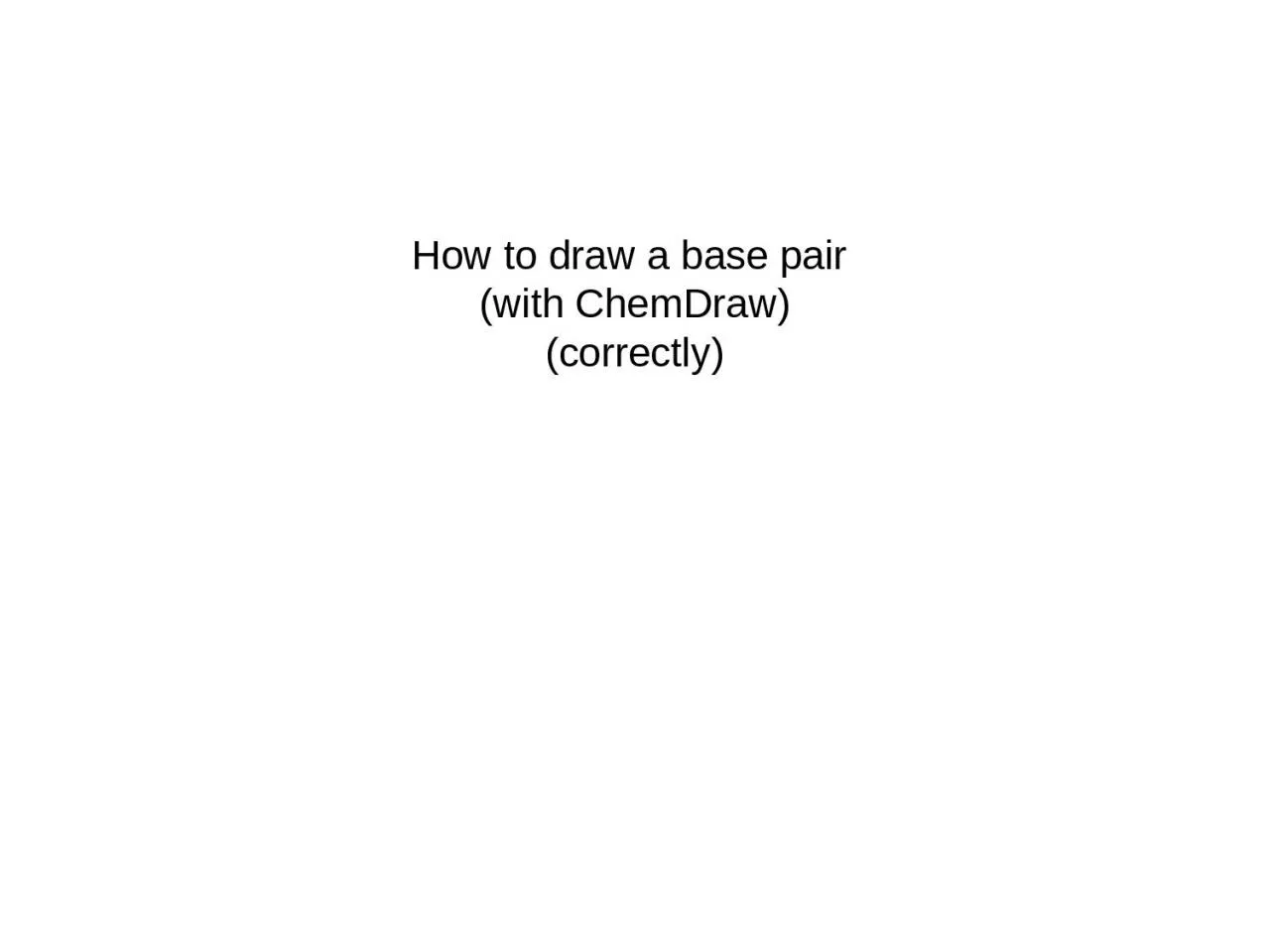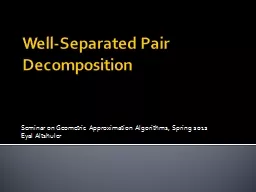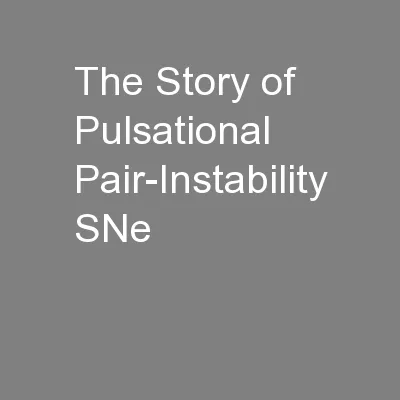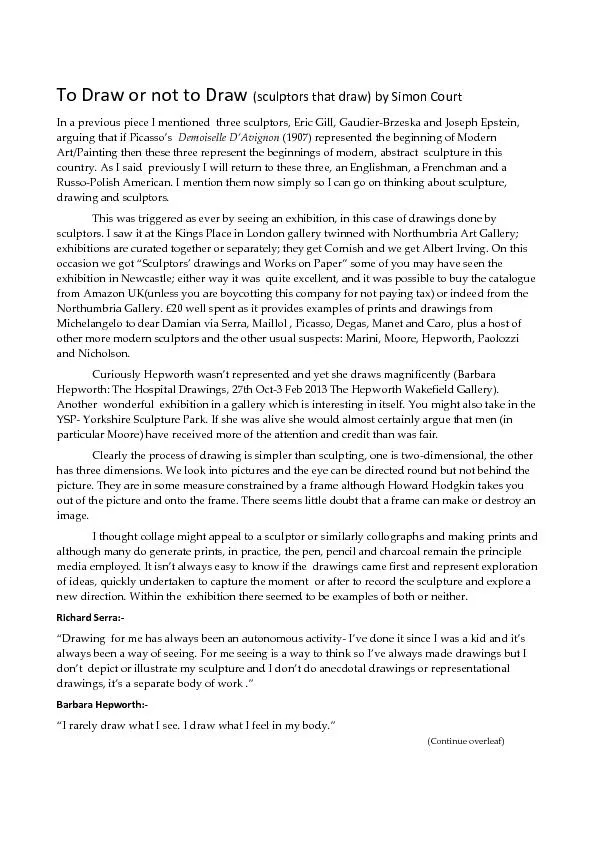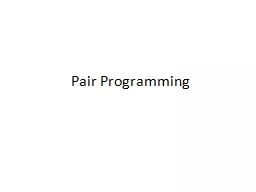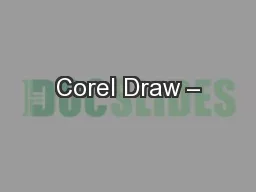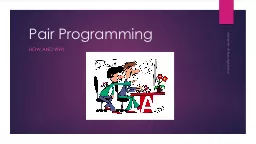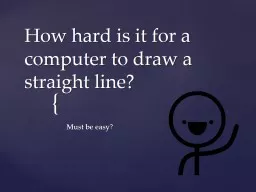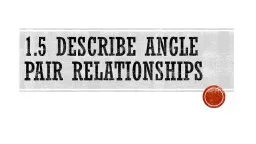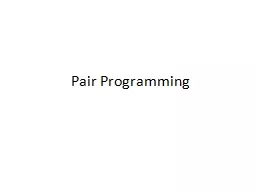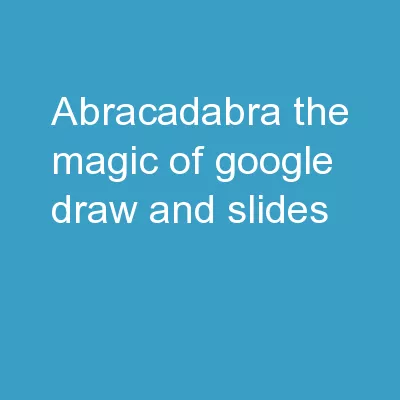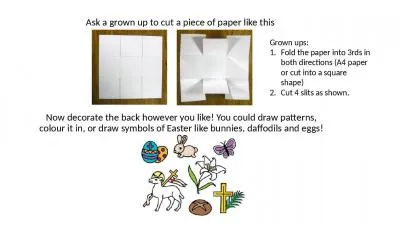PPT-How to draw a base pair
Author : evans | Published Date : 2024-01-13
with ChemDraw correctly But first How not to draw a base pair Draw two parallel lines that are spaced vertically about the size you intend to draw the WatsonCrick
Presentation Embed Code
Download Presentation
Download Presentation The PPT/PDF document "How to draw a base pair" is the property of its rightful owner. Permission is granted to download and print the materials on this website for personal, non-commercial use only, and to display it on your personal computer provided you do not modify the materials and that you retain all copyright notices contained in the materials. By downloading content from our website, you accept the terms of this agreement.
How to draw a base pair: Transcript
Download Rules Of Document
"How to draw a base pair"The content belongs to its owner. You may download and print it for personal use, without modification, and keep all copyright notices. By downloading, you agree to these terms.
Related Documents

